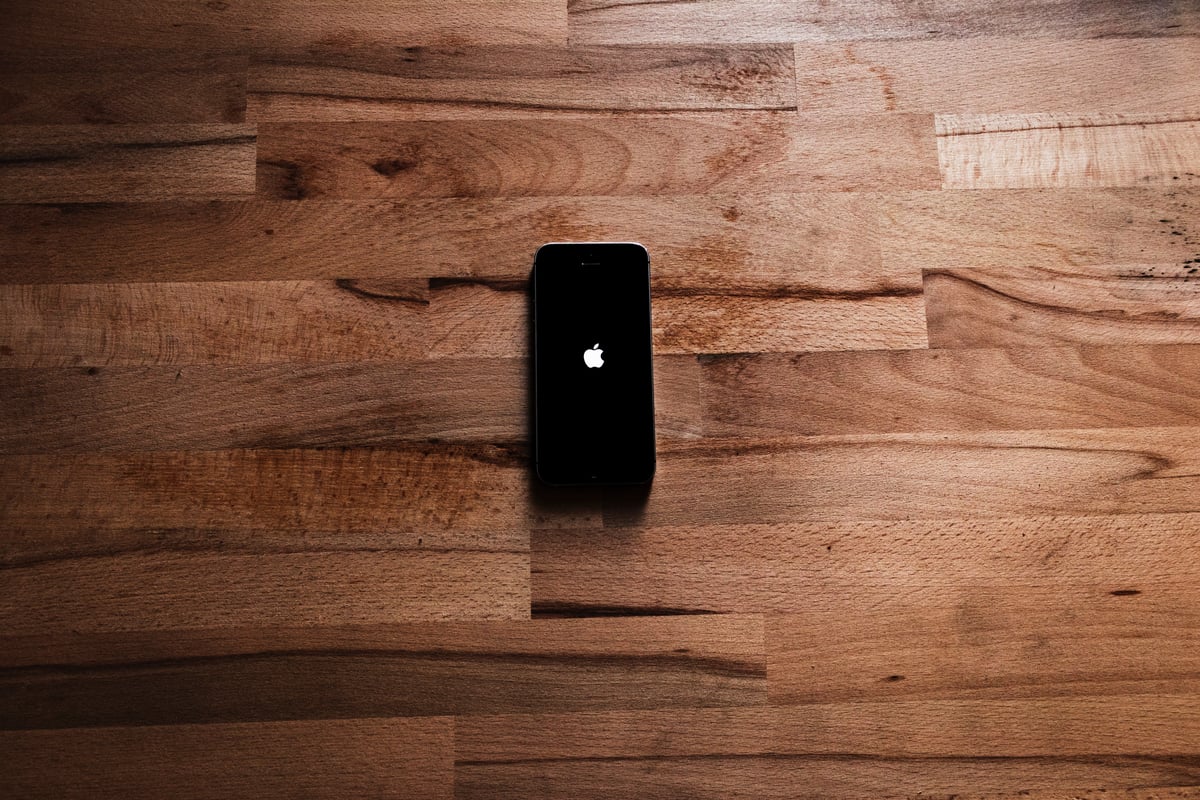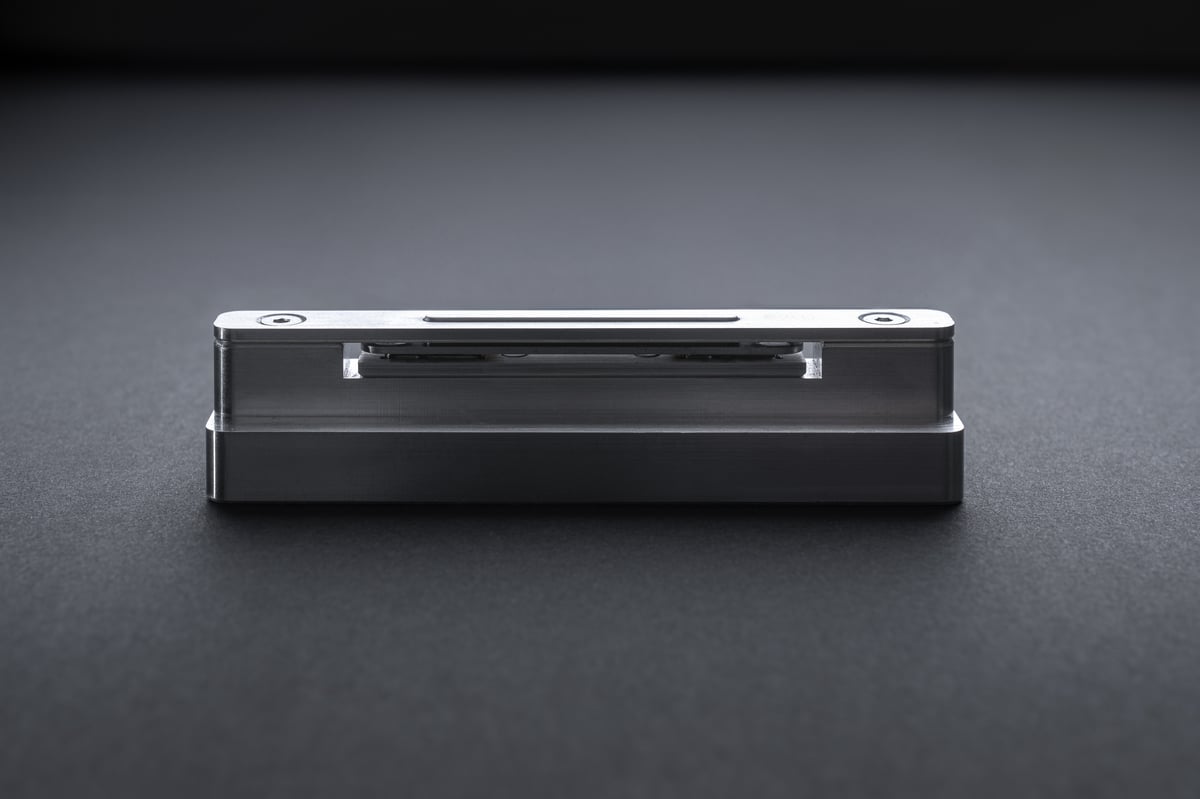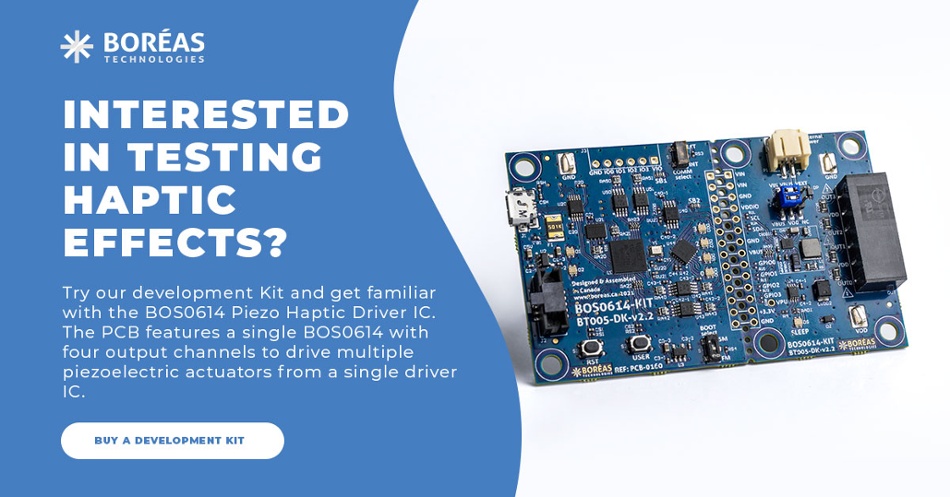
Apple strives to use the best cutting-edge technology in their iPhones. Innovation is a constant over at Apple headquarters, whether it's developments to the hardware itself, like removing the home or power button, or software updates for improved user experiences. If you pay attention to these updates, you've likely heard the buzz around the new iPhone system haptics. If not, we'll get you up to speed as we explore how Apple is incorporating haptic technology into the iPhone. We'll run through the benefits and explain how haptics play an enormous role in iPhone evolution.
What Are iPhone System Haptics and How They Work

So, what are haptics on iPhone systems, and how do they function?
Essentially, haptics is a built-in vibratory feedback mechanism that communicates with users through touch as they input commands. If you've used a gaming controller, you know what this is: vibrations that occur as you press buttons, such as to shoot, sprint, or jump. It's all about enhancing the user's sense of touch.
Haptics is helpful because it replaces physical buttons with solid-state buttons, reducing mechanical clutter and freeing up space for other components, like battery capacity.
There are a few ways to incorporate haptic touch feedback. Their common trait is a motor that triggers a response as users input commands.
Apple took matters into its own hands in 2015 and created and released a proprietary haptic technology called the "Taptic Engine." Users loved the Taptic Engine and praised its enhanced tactile experience and tight, communicative physical sensations.
Ever since, Apple has continued developing the engine and uses it to power many practical functions that add definition to user experiences.
Practical Uses of iPhone System Haptics
Haptics isn't just a novelty; it shapes how users perceive and operate their devices. The physical sensation stimulates the nerves and trains users to understand the different types of vibration. Below are a handful of practical uses that iPhones provide users right now that create a more immersive experience.
Taptic Engine for Tactile Feedback
The Taptic Engine was a revolutionary development, allowing Apple to reach new heights in producing tactile responses. It enabled iPhones to include haptic feedback responses for many functions, including:
- Rearranging and deleting apps
- Activating control center features
- Opening and closing tabs
- Previewing messages and photos
- Turning the volume slider button off and on
Then, the haptic keyboard came. This was a part of the iOS 16 update, which proved to be a considerable upgrade to the iPhone's haptic feedback mechanism. The haptic keyboard provided a tactile sensation whenever a user pressed a key, whether for sending a text, inputting a search, or taking notes.
Notification Alerts and Feedback
You've probably noticed that iPhones deliver different vibrations depending on the notification type. These intentional responses create a shared language between the user and the phone, which communicates the urgency of the notification. For example, the iPhone provides a longer pulse for a text than for an email.
Haptic Touch and 3D Touch Features
Haptics and 3D touch features have a robust range of controls. Some of the benefits of haptic touch include:
- Activating live photos
- Pulling up quick action menus
- Opening the flashlight or camera
- Expanding info on links, contacts, and notifications
Another fantastic feature is the customization. With haptics, users can adjust touch pressure settings; for example, a soft tap produces one command, and a hard or longer tap produces an entirely different one. It also allows users to enter speed settings and alter how quickly a haptic response reacts to the touch.
The Limitations of iPhone System Haptics

While Apple's Taptic Engine is widely successful, the haptics iPhone story has seen its struggles and limitations—especially compared to state-of-the-art solutions like Boreas Technologies CapDrive piezo-powered motors. For example, with the release of the iOS 16 update, many users reported significant losses of battery life. This was eventually linked to updates to the haptic keypad.
Below are a few other limitations associated with Apple’s Taptic Engine:
- The entire phone vibrates when the LRA is used. The vibration is not localized.
- The vibration is less sharp due to a lower response time.
- If an app uses an LRA haptic motor, the haptic effects cannot be used by the button, so there is no haptic feedback in that scenario.
Apple's current model isn't without issues, but there’s massive change on the horizon concerning haptic capabilities. This change goes by the name piezoelectricity.
State-of-the-Art Piezo Drivers: The Full Power of System Haptics

If you're searching for the best form of haptics, look no further than a piezo actuator. Piezo-powered devices offer some fundamental differences that lead to benefits, including:
- Up to 10X less power consumption
- Less internal space needed, and thus a smaller footprint
- More precise response times
- Faster responses and acceleration
So how do they work? A piezo motor is powered by materials that generate an electrical current when placed under pressure, such as a tap from the finger. When tapped, they release a voltage, which is harnessed to create those haptic responses.
Below are some more benefits of piezo-powered actuators.
Enhanced Experience Through Localized Haptic Feedback
Tech lovers seek out ever more immersive experiences. Piezo haptics is directly tied to creating more fine-tuned and engaging interactions, whether the goal is to create a more focused work performance or a better gaming experience. For example, a piezo haptic keyboard produces faster and more accurate typing because it responds faster than competing methods.
Faster and tighter responses localize the feedback, creating a more focused experience that elevates the effects of a game or app.
Improved Accessibility and User Interface Interaction
As mentioned, haptics communicates with users and expands how they operate things like their control center, web browsing, and photo apps. With increased accessibility, users can perform faster commands and get a more helpful experience where they feel in control.
Increased Customization and Dynamic Rocker
Haptics is still in its early stages regarding customization. But piezo power unlocks many great customization options to tailor commands to meet their preferences, whether for work, gaming, or accessibility purposes.
Another fascinating development is that, given piezo’s sensitivity, motors have a dynamic rocker that distinguishes between swipes, clicks, and taps. This unlocks a whole new range of possibilities for customization.
Consider Boreas Technologies Today
Are you looking to invest in the best piezo actuator money can buy? Boreas Technologies offers the top-performing piezo motors on the market. For example, the BOS1091 is powered by our patterned CapDrive circuit that avoids battery drainage and eliminates latency concerns. Ultimately, the incredible driving frequency outperforms competing devices, using up to 20 times less power.
Visit Boreas's product page today to learn how our piezo haptic driver can revolutionize your forthcoming line of devices.




Leave a comment